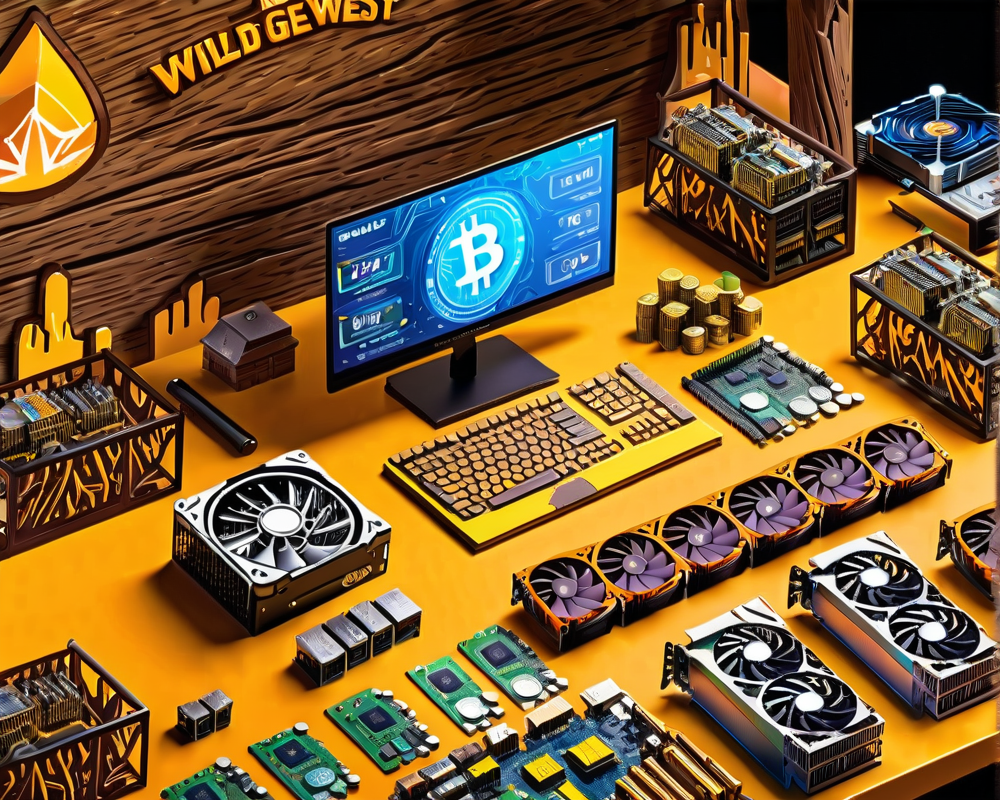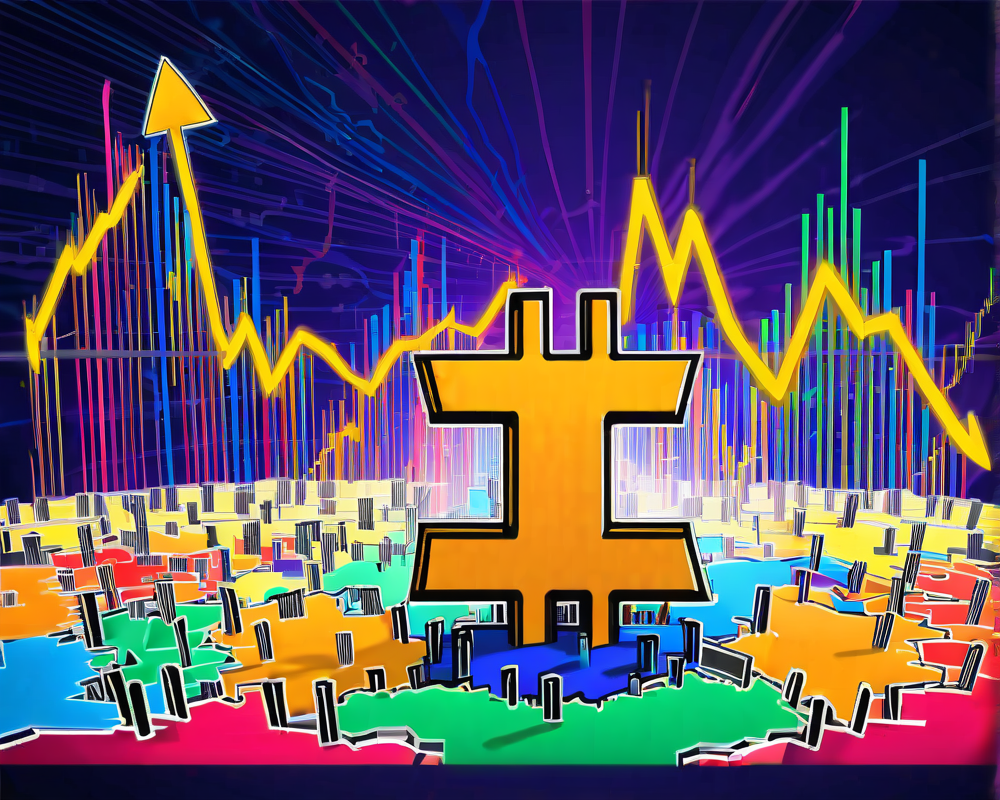Why Cryptocurrency Mining is Like British Weather
If you’ve ever spent a rainy day in London, you know the feeling of optimism swiftly turning into despair as the sun hides behind clouds. Similarly, the cryptocurrency world is a roller coaster of highs and lows, filled with prospects as bright as the sun and dips as dreary as a gloomy forecast. The volatile nature of crypto can munch through one’s investment faster than a London fog rolls in.
Chasing Profits: Mining Versus Trading
There are two camps in the cryptocurrency arena: the traders, who attempt to ride the market waves, and the miners, who dig deep for those precious digital coins. Traders swarm around crypto exchanges, hoping to click their way to riches without hunkering down surrounded by blinking servers. Mining, on the other hand, has seen a resurgence, especially since 2020, inviting those willing to sweat for their Satoshis.
The Basics of Mining: Not Your Average E-Game
Ante up! But wait—don’t dive in just yet. Mining isn’t as easy as throwing a puny program onto an old laptop. You’ll need muscle for this, specifically in the form of several powerful graphics cards working together like a well-tuned racing team. Spoiler alert: single graphics cards might as well be trying to conquer Everest wearing flip-flops. Here’s what you need to know before shelling out your hard-earned cash on shiny new hardware.
Key Graphics Card Considerations
- Memory: In the world of mining, memory matters. Bigger is usually better, especially for Ether. Aim for cards with at least 4 GB.
- Speed: Your ideal companions are high-speed DDR5 cards for optimal performance.
- Cooling: Keep those graphics cards chill; overheating is their worst enemy.
- Overclocking: If you enjoy pushing boundaries, cards that allow overclocking can give you that extra 20%-30% boost.
- Bus Width: A wider memory bus means faster data processing, so aim for 256-bit where possible.
- Operational Complexity: Some cards require intricate setups; a good rig usually consists of 4-6 cards.
- Longevity: Invest in cards that remain relevant longer—after all, you want to be mining the hottest coins.
- Cost Efficiency: Make sure to calculate how long it’ll take to break even on your investment.
Nvidia’s Heavy Hitters
Nvidia is like the heavyweight champion in the GPU arena, and you’re likely to find their cards dominating many mining rigs. Here are some contenders in the NVIDIA corner that you might want to consider:
- GTX 1050 Ti: It’s low-cost but low-power—great if you’re just dipping your toe in the water.
- GeForce GTX 1060: This card has a sweet spot for miners but make sure you opt for the 6 GB version!
- GeForce GTX 1070 and 1070 Ti: More bang for your buck with an output of 28 MH/s but at a higher price.
- GeForce GTX 1080 Ti: Power-packed and pricey, but if you aim for the top, this is it!
- RTX 2080 Ti: Top of the line and tech gorgeous; your budget might groan but it’s a powerful option.
AMD Mixes it Up
If Nvidia doesn’t tickle your fancy, AMD has a slew of capable alternatives. Generally more budget-friendly, AMD cards are sought after as they maintain good mining characteristics:
- Radeon RX 570/580: These cards are known for their energy efficiency and are popular for mining Ether.
- RX Vega 56/64: Going for a higher-end AMD option? These models spit out profits like there’s no tomorrow. Discretion is advised regarding overclocking!
- RX Radeon VII: It’s a conundrum to find, expensive, and its long payback period makes it a sweet dream, not an actionable reality for many.
Choosing Your Champion Card
Choosing a graphics card in this volatile world can feel like picking a favorite child—impossible! The landscape of cryptocurrency mining is vast and ever-changing. With multiple algorithms to consider and numerous models hitting the market, it’s essential to select a card combo that serves your unique mining needs the best.




